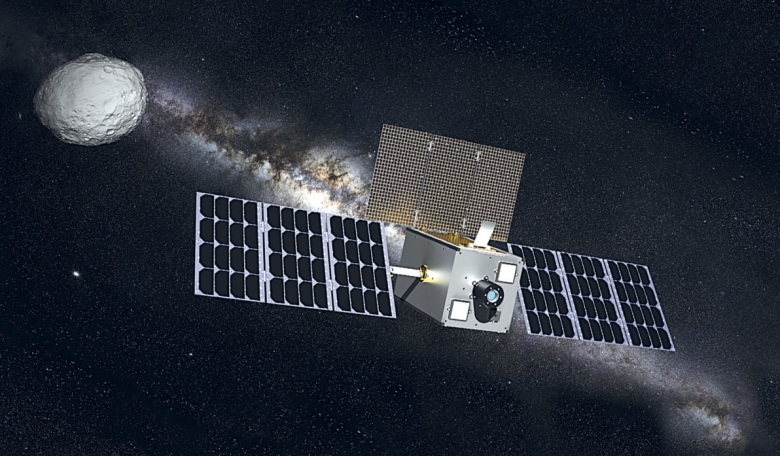The rapid-miniaturisation of electronics, power systems, instruments and propulsion systems has led to briefcase-sized CubeSat spacecraft that are on the verge of exploring deep space.
The CubeSat standard was developed in the year 2000 by a pair of university professors, Jordi Puig-Suari (CalPoly) and Robert Twiggs (Stanford) who were looking to improve hands-on experience and skills for science and engineering students. It defines standardised masses and volumes for small spacecraft, in addition to specifying how to safely integrate the spacecraft within a rocket fairing using the PPOD, an electro-actuated jack-in-the-box.
Popular configurations are the 3U (10 × 10 × 34 cm), about the size of a loaf of bread, and the 6U (12 × 24 × 36 cm) the size of a brief-case.
To date more than 800 nanosatellites have been launched into low Earth orbit (LEO), with a majority of launches after 2010 by new and emerging players including commercial startups, universities and government research laboratories.
Exploration of deep space marks the next giant leap for CubeSats. There are ambitious missions afoot to explore the Moon, Mars and near-Earth asteroids using CubeSats. These plans are led not just by government-space agencies but include university research groups, research laboratories and startups.














